Prayer plants are loved for their beautiful, patterned foliage. But if you notice yellow leaves on this houseplant, take it as a sign of distress – a signal to you that something is amiss.
In addition to marantas, the houseplants most commonly known as “prayer plants,” I’m including the other members of the Marantaceae family that also go by this common name: ctenanthes, stromanthes, and calatheas.
The Calathea species we enjoy as houseplants were recently reclassified into the Goeppertia genus, but are still widely known as “calatheas.”

We link to vendors to help you find relevant products. If you buy from one of our links, we may earn a commission.
There are several different problems which can lead to yellowing leaves in this family of houseplants.
I’m going to address the most commonplace of these issues so that you can examine your prayer plant’s conditions, identify the problem, and take swift remedial action.
Here’s what I’ll cover:
Common Reasons for Yellow Leaves on Prayer Plants
1. Exposure to Cold Temperatures
These tropical houseplants are not cold hardy and will perish if temperatures drop below freezing. But temperatures don’t have to fall to freezing for your prayer plant to suffer. They are also sensitive to cool temperatures.
These tropical natives should be kept in a location that remains above 55°F at all times. If they are exposed to temperatures colder than this, it’s likely to cause yellowing leaves. Some species may even start to turn yellow at 60°F.
When buying specimens online during the colder months of the year, chill injury can be a problem during transport, so make sure your new arrivals come with a heat pack or two to keep them comfortable during their voyage – or wait to make your purchase until the temperature warms up.
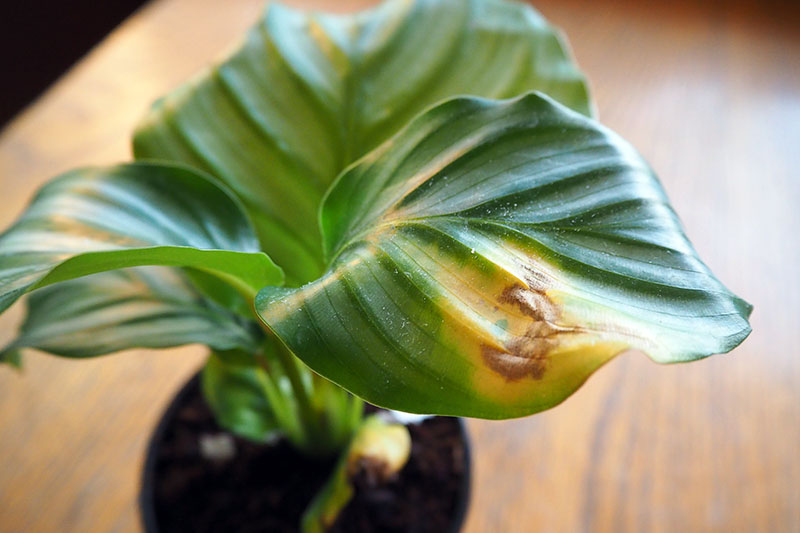
If you buy your prayer plants in person from a garden center during the winter months, make sure to take them straight home – don’t leave them sitting in your cold car while you run errands.
Once you get your new maranta, calathea, stromanthe, or ctenanthe home, consistent temperatures of 65-80°F is the ideal range for these tropical natives to maintain green foliage and otherwise remain healthy, thriving houseplants.
Also be sure to keep them away from drafty windows or exterior doors, since chill injury from drafts and temperature fluctuations can also cause yellow leaves.
Sometimes those that are damaged by cold can also exhibit brown patches on the foliage as well as yellow.
If chill injury doesn’t seem to be a problem, but your Marantaceae plant has not only yellow on its leaves but brown as well, be sure to check our guide to troubleshooting brown leaves on prayer plants.
2. Poor Soil Drainage
While Marantaceae houseplants originate from wet tropical areas and are therefore moisture-lovers, they also require good soil drainage.
Letting your prayer plant sit in waterlogged soil won’t do it any good. Left in such conditions, the lack of oxygen around the roots can cause its leaves to turn yellow and even die.
Even if the soil itself is sufficiently well-draining, one common cause of waterlogged soil is watering your plant while its pot sits in a saucer.
If water is left to stand in the saucer, the excess liquid won’t drain from the soil – instead, the soil will wick up more moisture from the saucer. This creates waterlogged conditions for your houseplant and can lead to root rot, a potentially fatal condition.
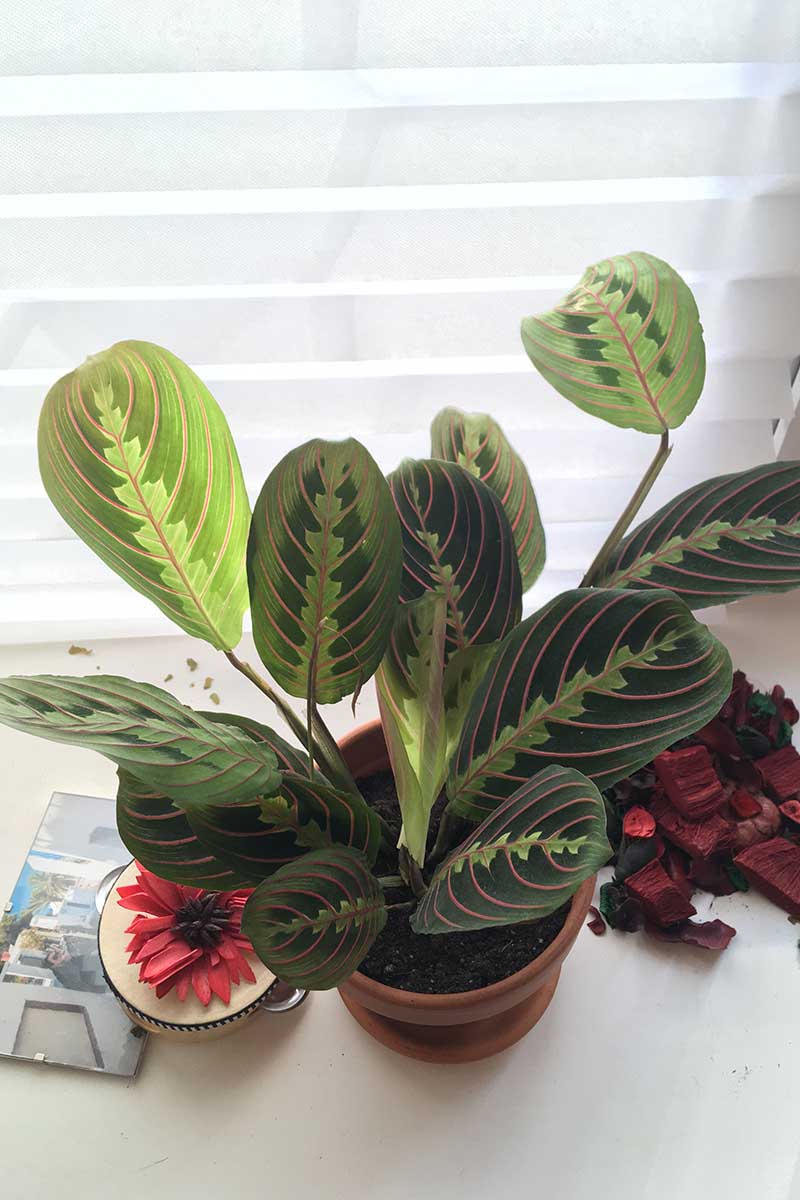
To prevent this from happening, when you water your plant, remove it from its saucer, then water until liquid drains from the holes in the bottom of the pot. Only return it to its saucer when the water has finished draining from the pot.
In some cases, your potting medium might be the culprit. If your prayer plant is potted in a very heavy potting medium without materials that provide drainage, its roots may be consistently waterlogged and may be lacking oxygen.
Members of the Marantaceae family should be potted in a peat or more ecologically sound coir-based potting medium to provide both water retention and adequate drainage. For this purpose, I prefer Soil Mender’s 109 Potting Mix.
It’s peat-free and contains coconut coir, as well as sand for drainage. You can purchase Soil Mender 109 Potting Mix in a variety of package sizes at Arbico Organics.
What’s worse than poor soil drainage? No drainage at all.
While professional growers and garden nurseries don’t usually sell these houseplants in pots with no drainage holes, I have encountered the occasional gardening enthusiast who swears by growing in non-draining pots filled with rocks or gravel in the bottom.
This may work for some green thumbs who are very careful not to overwater, but for most of us it’s a recipe for disaster.
Pots that lack drainage holes easily hold water in the bottom among those rocks or gravel. And without drainage holes, it’s nearly impossible to tell if the soil is saturated or not.
In short, this potting method makes it very easy to overwater your plant, which can cause leaves to turn yellow.
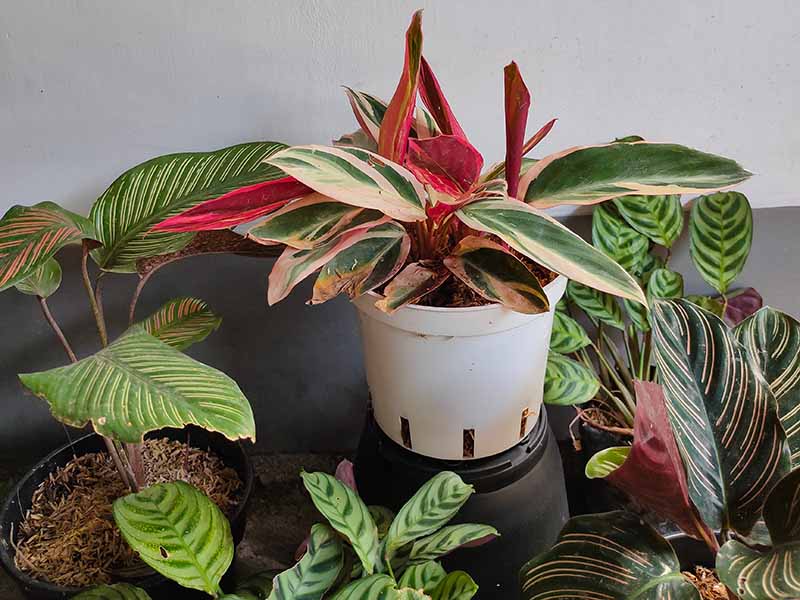
So choose a plastic or terra cotta pot that has drainage holes, and if you want to display your plant in something more decorative, place the plastic or terra cotta pot inside a cachepot.
Just make sure you remove it when you water your plant to let those drainage holes do their job. Like with the saucer, we don’t want our prayer plants sitting in standing water inside a decorative pot either.
3. Overwatering
Even with proper drainage holes in your pot and the best growing medium, well-intentioned plant parents sometimes overwater their houseplants.
When members of the Marantaceae family are overwatered, the soil can become waterlogged, and the roots can start to rot. This can give prayer plant leaves a sickly, yellow appearance.
Getting your watering right with these species can be a bit tricky – they do require more water than the average houseplant, but at the same time, you don’t want to drown them.
A good rule of thumb is to check them twice a week, but if their pots still feel heavy and the surface of the potting medium still feels quite moist, hold off on watering.
4. Insufficient Humidity
While too much moisture around the roots can put your prayer plant at risk for developing yellow leaves, too little can also be problematic, in the case of insufficient humidity.
In arid locations or during the winter months, when indoor air is very dry, your plant can suffer from a lack of humidity, and you may notice the leaf tips or edges turn yellow or even brown.
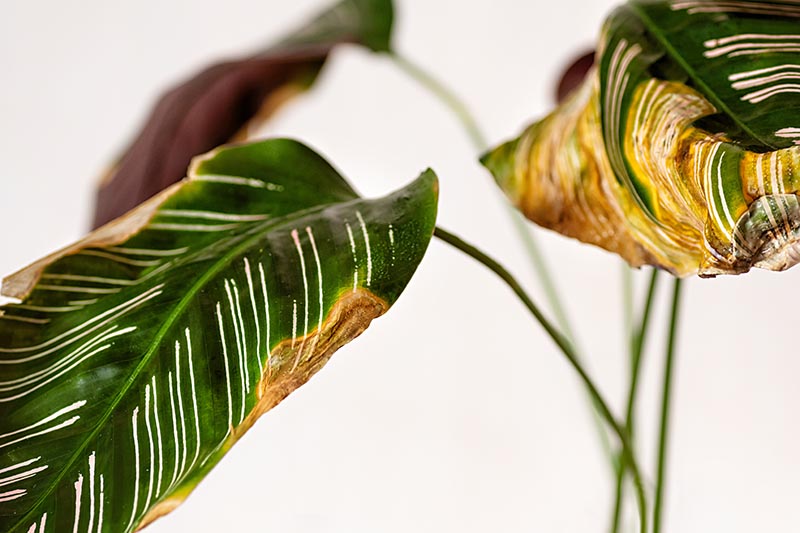
These tropical natives are particularly sensitive to humidity levels and thrive when the relative humidity is in a range of 40-60 percent.
There are many options for increasing air moisture around these humidity lovers.
But before you take action, you may want to purchase a hygrometer, which is a tool used to measure relative humidity, so you can check if you actually need to increase the humidity in your home or not.

Goabroa Mini Hygrometer Humidity Monitor
You’ll find a small hygrometer, which also displays the temperature, from Goabroa, available via Amazon.
When you have established that you do need to add more humidity to the air to keep your prayer plants happy, you have several options:
- Spraying the foliage with a mister
- Running a humidifier nearby
- Grouping several houseplants together
- Placing smaller specimens inside a terrarium
- Using a humidity tray under your houseplant
You may need to use more than one of these options to provide your plant with enough humidity, especially if you live in an arid climate or have long winters where your heating system dries the air in your home considerably.
In addition to these measures, locating your houseplant in one of the more humid rooms of your home – such as a kitchen or bathroom, provided the lighting is appropriate – can also help.
My smaller prayer plant specimens are in a terrarium, in my kitchen, with containers of water underneath them, and I mist them with a spray bottle every morning. This regimen keeps them at a relative humidity of about 60 percent in my arid climate and during dry indoor winter conditions.
5. Iron Deficiency
Are the young leaves on your cherished prayer plant coming in with a yellow tinge?
If you have ruled out any other problems, it’s possible that your plant may not be getting enough iron.
According to R.W. Henley and colleagues at the Central Florida Research and Education Center at Apopka growing prayer plants in alkaline soil can inhibit iron uptake by these houseplants.
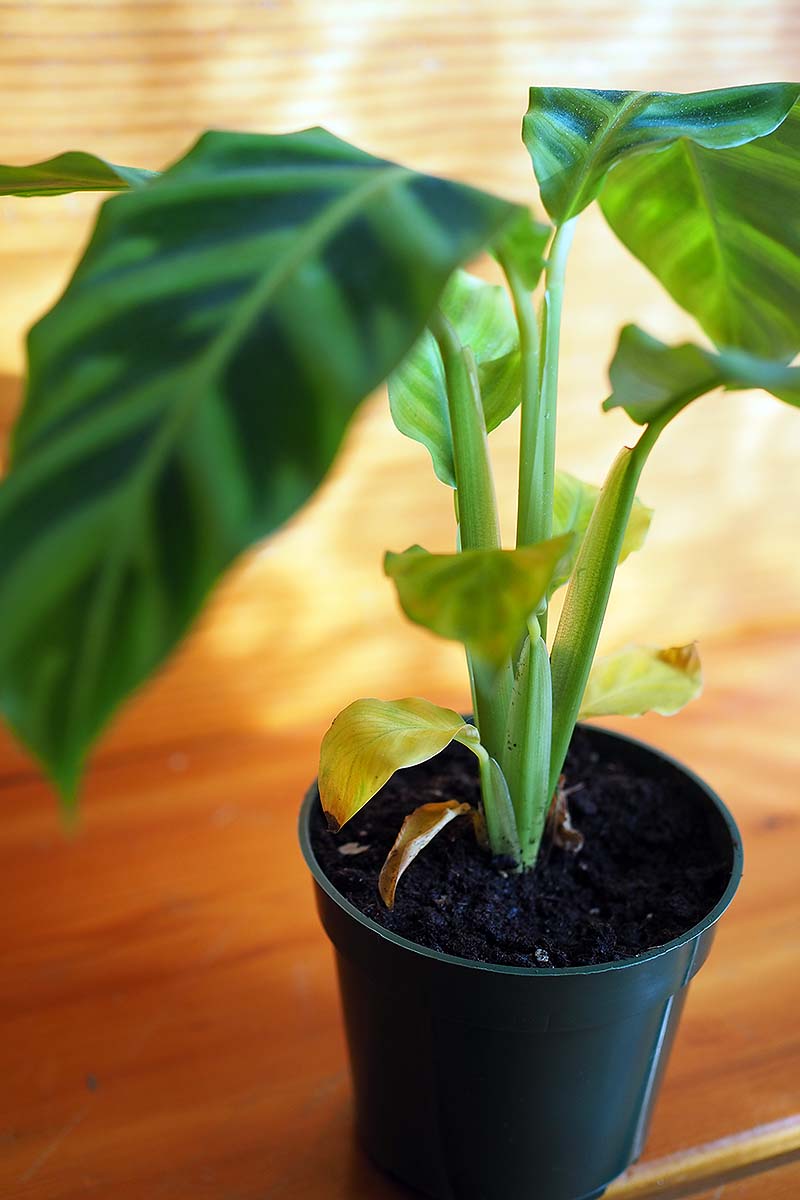
When the soil pH is too high, it can make iron unavailable to the plant’s roots for uptake. Without enough iron, the plant’s ability to produce chlorophyll is reduced, which causes the leaves to turn yellow, which can impact its ability to photosynthesize.
To remedy the problem, you can apply a chelated iron product, such as Fertilome’s chelated liquid iron.
Fertilome Chelated Liquid Iron 32 oz Bottle
It’s available in a 32-ounce bottle and can be purchased at Nature Hills Nursery.
Make sure to follow the manufacturer’s instructions for applying this product.
And if your plant isn’t already growing in a coir or peat-based potting medium, consider changing out your soil to one of these more acidic options.
6. Pests and Disease
In addition to the other potential causes described here, pests and diseases can also be responsible for yellowing leaves.
Spider mites can cause yellow stippling on the foliage, while a disease called cucumber mosaic virus causes yellow mosaic patterns to appear. Helminthosporium leaf spot can cause tan spots with yellow halos.
To learn more about identifying and treating these problems, make sure you read our complete guide to growing and caring for prayer plants.
When Your Plants Yell “Ow!”
Did you recognize your prayer plant’s cry for help?
Remember to double check your houseplant’s growing conditions: make sure it is kept in a warm location, away from cold drafts, that it has good drainage, and is not being overwatered.
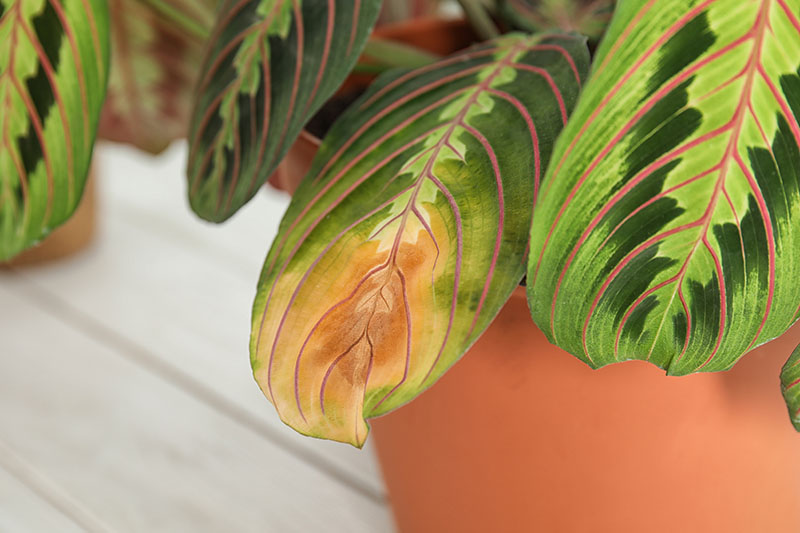
Also make sure it has ample humidity, check for signs of pests and disease, and consider giving it a booster of iron chelate if you rule out all other problems.
Do you have any of your own good tips for remedying yellow leaves on your prayer plant? Let us know in the comments section below.
And while you’re deep into your own personal houseplant research, here are a few other topics that might be of interest:
- 21 of the Most Stunning Species of Prayer Plants to Grow at Home
- How to Grow and Care for Calathea Zebrina Plants
- How to Grow and Care for Rattlesnake Plant Indoors
© Ask the Experts, LLC. ALL RIGHTS RESERVED. See our TOS for more details. Product photos via Fertilome, Goabroa, and Soil Mender. Uncredited top photo by Kristina Hicks-Hamblin. Other uncredited photos via Shutterstock.
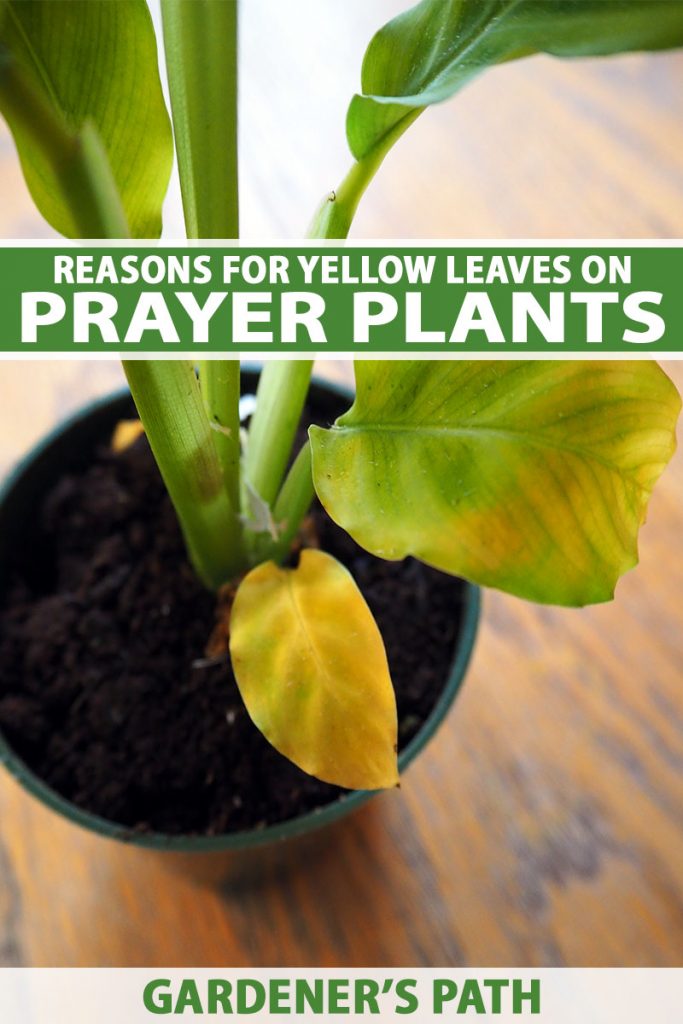


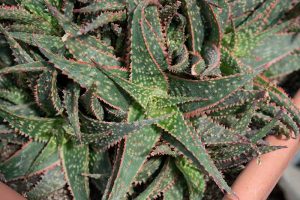
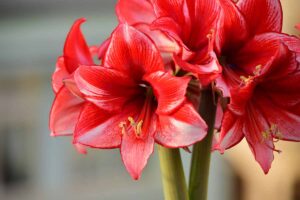
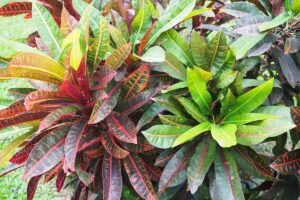
Nice article. Very helpful. I only have one issue with what you’ve written and that is that coir is an eco-friendly alternative to peat. https://www.gardenmyths.com/coir-ecofriendly-substitute-peat-moss/
Hi P.J., Thanks for your comment – I’m glad you found the article helpful. I agree with you that the term I used (“ecologically sound”) deserves clarification. Perhaps in this case I should have pointed out that when compared side by side, coconut coir is a more easily renewable resource than peat, since peat is mined from ancient bogs. We have an article on the pros and cons of peat moss, which looks at some other alternatives to this horticultural product in addition to coconut coir. Perhaps a future article could explore brands of coconut coir to determine whether any… Read more »
Can you trim the leaves of a prayer plant?
Hi Penny,
You certainly can. You’ll find tips for doing that in our main guide for caring for prayer plants, right here.
Hope this helps!
I cut bad leaves off.
How to remove yellow leaves on big leaf plant?
Hi Sheila,
If your plant has large leaves, you will remove them the same way as smaller leaves. For marantas, cut the leaf back to the vine. For other prayer plants, cut the stem back just above the soil line. In either case, make sure to sterilize your scissors before pruning. You can read more about this process in our complete guide to growing and caring for prayer plants – right here.
Hope this helps!